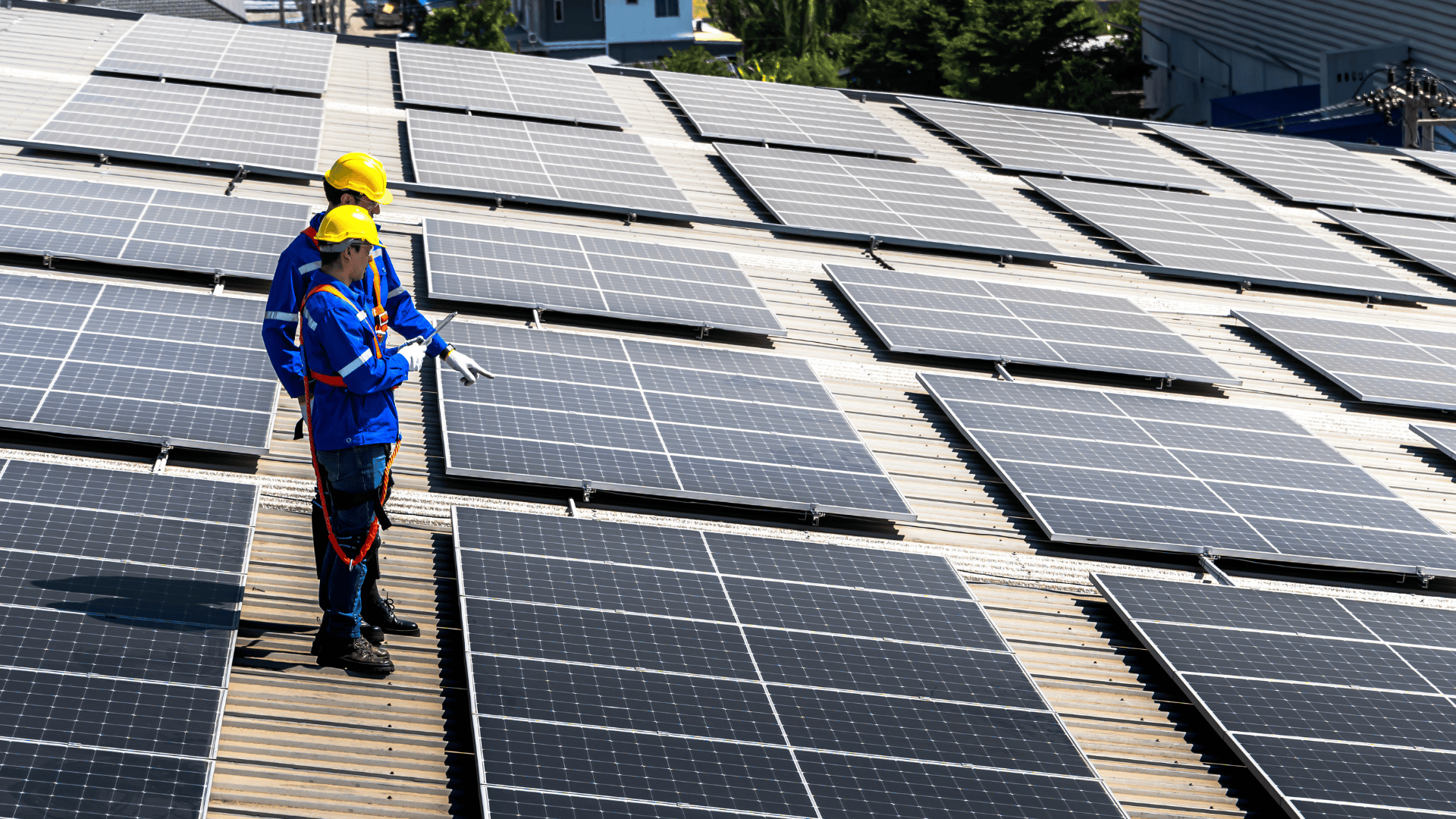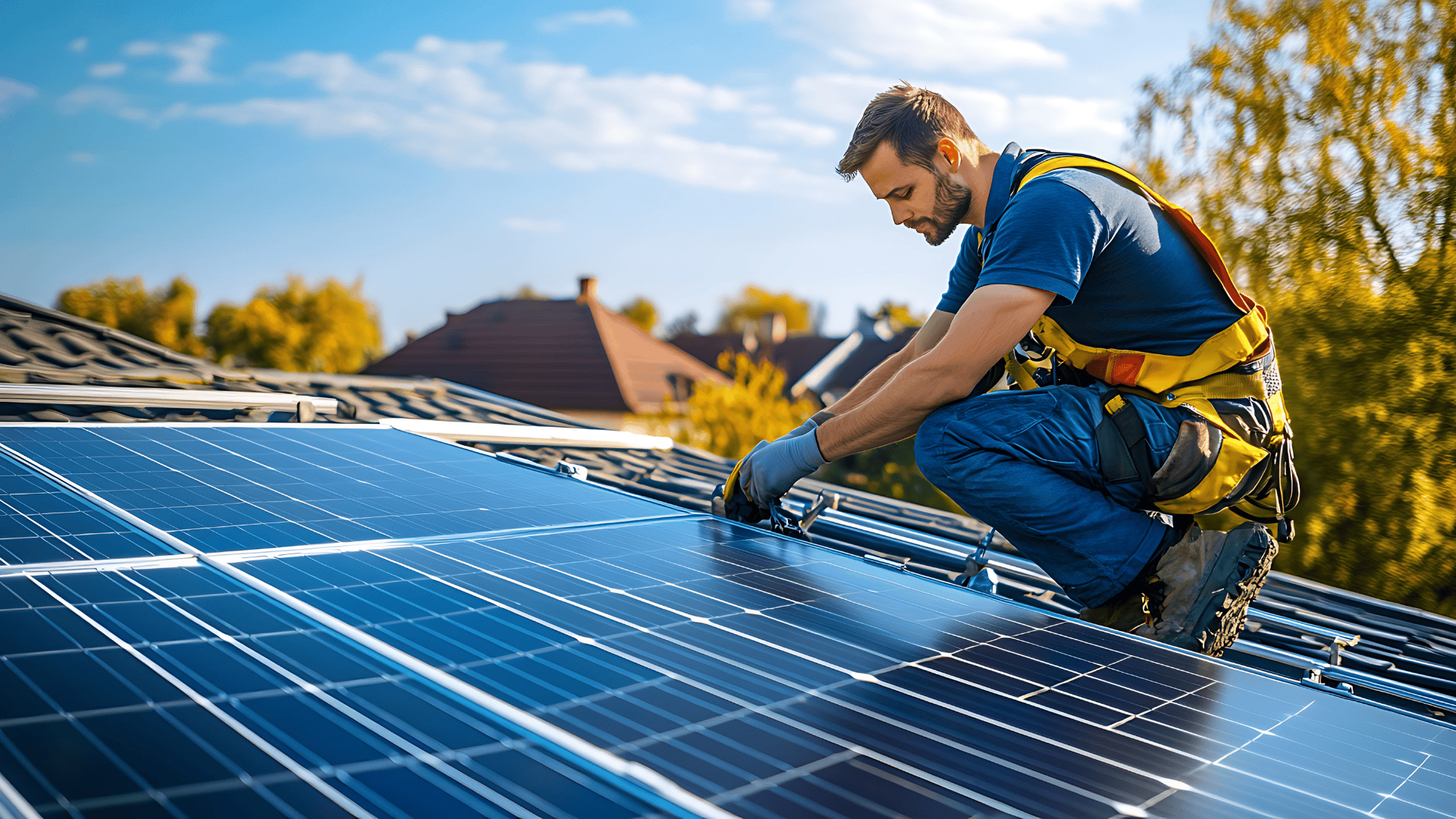Streamline Solar Installations with AI Solar Software
February 3, 2025
AI Solar Software
Every hour, the sun delivers enough energy to power the world for a year (Source: Department of Energy). Yet, tapping into this limitless energy isn’t as easy as it sounds. Behind every solar installation lies a complex web of calculations, challenges, and decisions—from identifying the perfect location to predicting energy output.
These hurdles can be daunting for solar installers. A small miscalculation in panel placement, shading, or system design can lead to inefficiencies, lost revenue, and frustrated customers. Manual processes often mean wasted time, increased costs, and missed opportunities for optimization.
That’s where AI steps in to save the day. From optimizing designs in seconds to predicting energy output and preventing system failures, AI solar software transforms solar installations into smarter, faster, and more efficient projects.
Ready to see how AI is reshaping solar energy? Let’s explore!
Key Takeaways:
- AI-powered solar software is revolutionizing solar installations by optimizing design, panel placement, and energy output with incredible precision.
- It automates complex tasks, speeds up installations, and reduces costly errors, making solar projects faster and more efficient.
- With advanced analytics, AI predicts energy production, manages grid integration, and ensures system reliability.
- Next-gen tools like Sunbase streamline workflows, track projects in real-time, and deliver data-driven insights for better decision-making.
What do you mean by Solar Installation?

Solar installation involves setting up solar panels to capture sunlight and turn it into electricity. This includes placing the panels, connecting them to an inverter that converts the energy from DC to AC, and securing everything in place.
Whether on rooftops or open land, solar installations provide clean, renewable energy for homes and businesses, making the world a greener place!
Discover the Surefire Ways of Building Trust with Homeowners: Key Strategies for Solar Installation Companies
What is AI-Powered Solar Software?
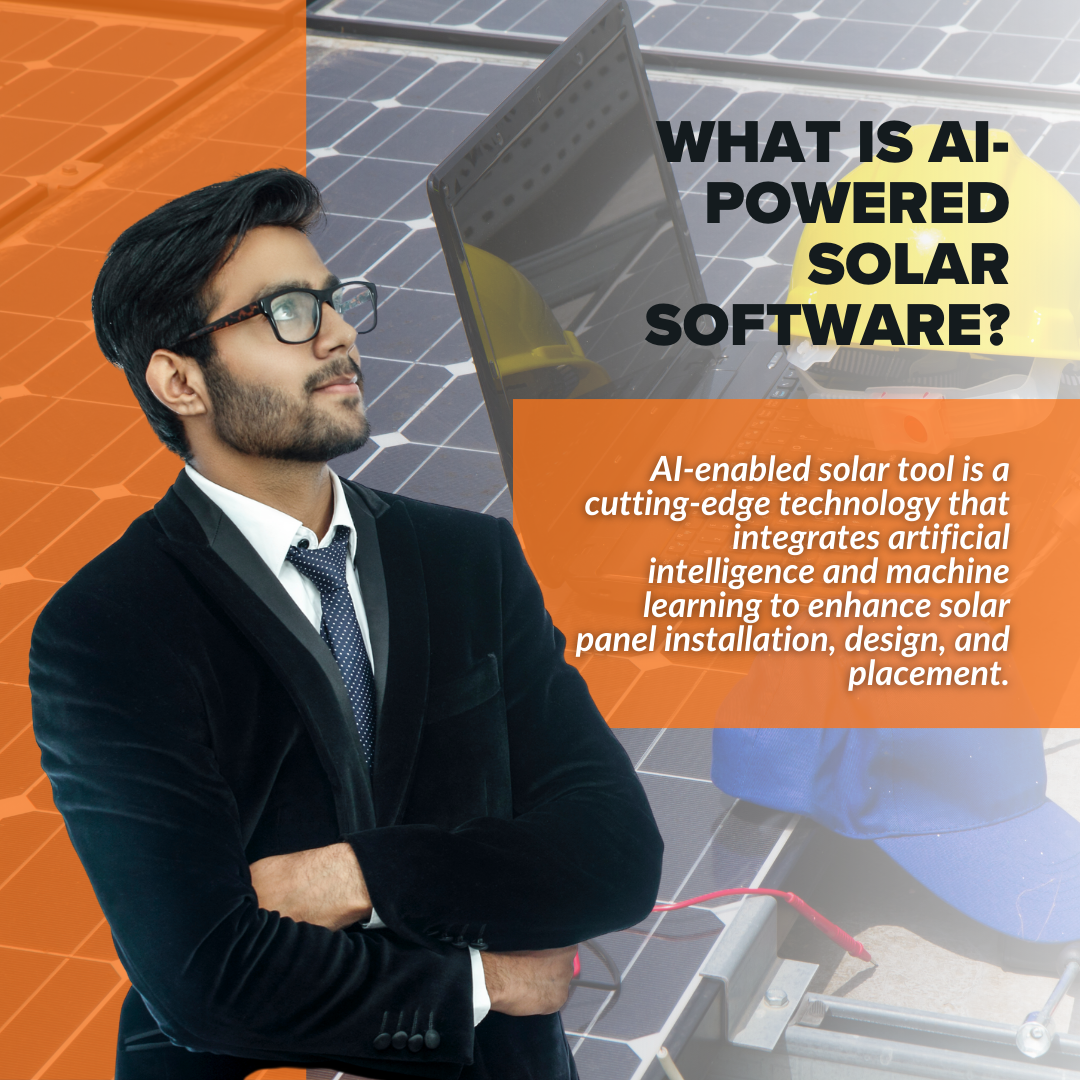
AI-enabled solar tool is a cutting-edge technology that integrates artificial intelligence and machine learning to enhance solar panel installation, design, and placement. These tools analyze vast amounts of data, such as weather patterns, site conditions, and historical performance, to optimize performance and develop highly efficient solar projects.
How does it work?
- Advanced Analytics: AI processes real-time large datasets to determine the best panel placement, tilt angles, and shading reduction strategies. It monitors equipment health and predicts failures before they occur, ensuring uninterrupted performance.
- Actionable Insights: AI provides insights for better decision-making, helping solar developers improve system design and optimize energy output.
- Lead qualification and Management: These tools can also help solar sales teams by instantly qualifying leads and creating accurate proposals tailored to customer needs.
The Biggest Challenges in Solar Installations
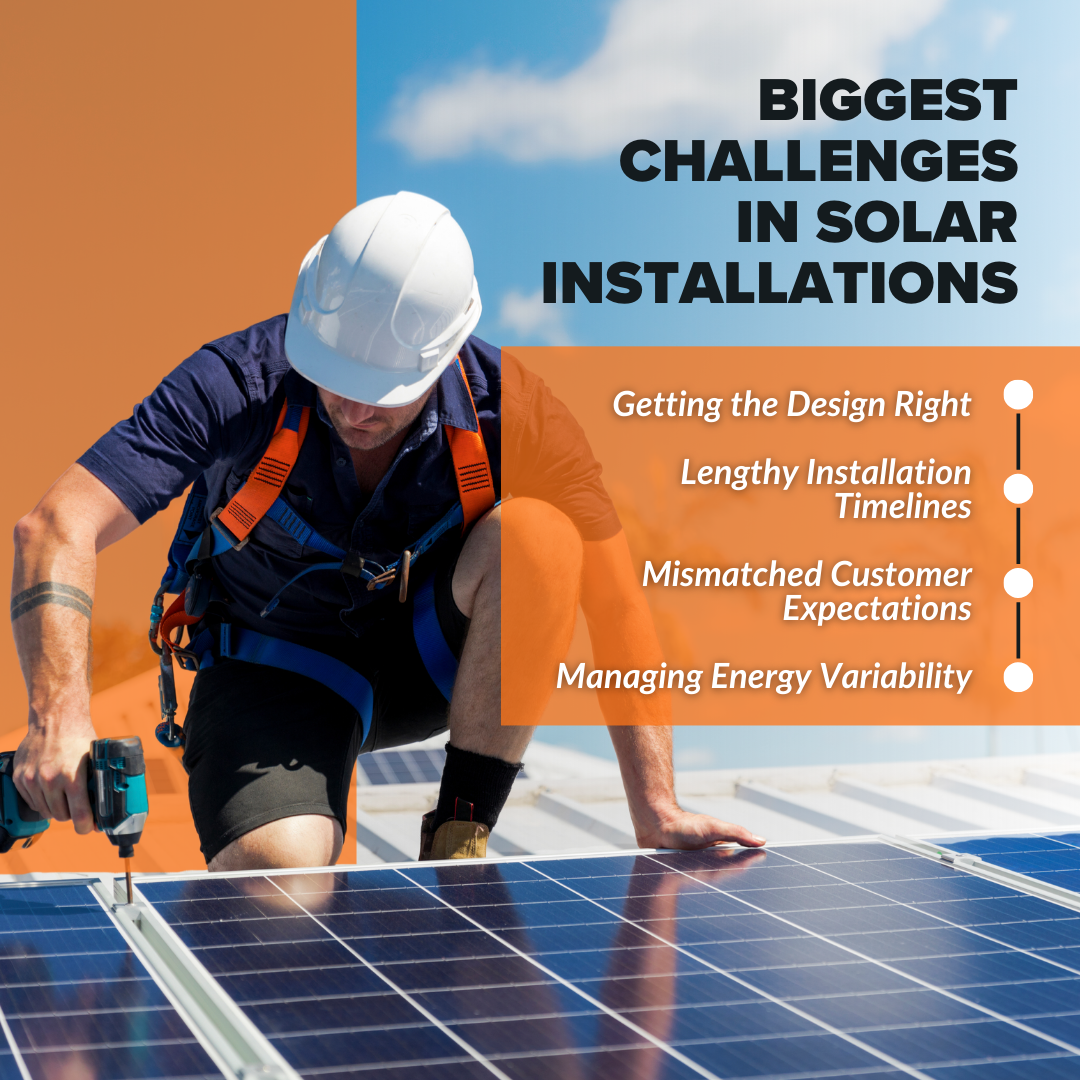
Solar installations offer many opportunities but are also plagued by specific, real-world challenges. Keep scrolling to learn about these!
1. Getting the Design Right
Designing a solar system is like solving a tricky puzzle. Every roof is different—some are slanted, some have obstructions, and others receive partial sunlight. A poorly designed system can waste resources and fail to meet the customer’s energy needs, making accuracy in design not just important but essential for success.
Advanced AI tools analyze roof dimensions, shading, and orientation to create accurate, optimized solar designs tailored to each site.
Find out more by reading this: How do solar design software tools impact the cost of solar installation?
2. Lengthy Installation Timelines
Permits, surveys, and equipment delays can stretch timelines and frustrate customers. AI automates project scheduling, streamlines paperwork, and ensures faster approvals, cutting down project delays.
3. Mismatched Customer Expectations
Imagine a customer expecting to save 50% on their energy bill but only seeing 30%. Misaligned expectations like this happen when proposals lack clarity or details about potential energy savings and costs. It’s a challenge to not just sell but also educate customers about realistic outcomes.
With AI-generated proposals, customers get clear insights into system performance, cost savings, and ROI. This transparency builds trust and helps businesses close more deals.
4. Managing Energy Variability
Solar energy systems rely on the sun, which isn’t always predictable. Cloudy days, seasonal changes, or shading from new buildings or trees can lower energy production. Without proper forecasting and
planning, customers may feel solar isn’t delivering the value they expected.
AI tools analyze weather forecasts and system performance to optimize energy flow. This improves efficiency and ensures reliable performance even during energy fluctuations.
How Does Artificial Intelligence Streamline Solar Installation?
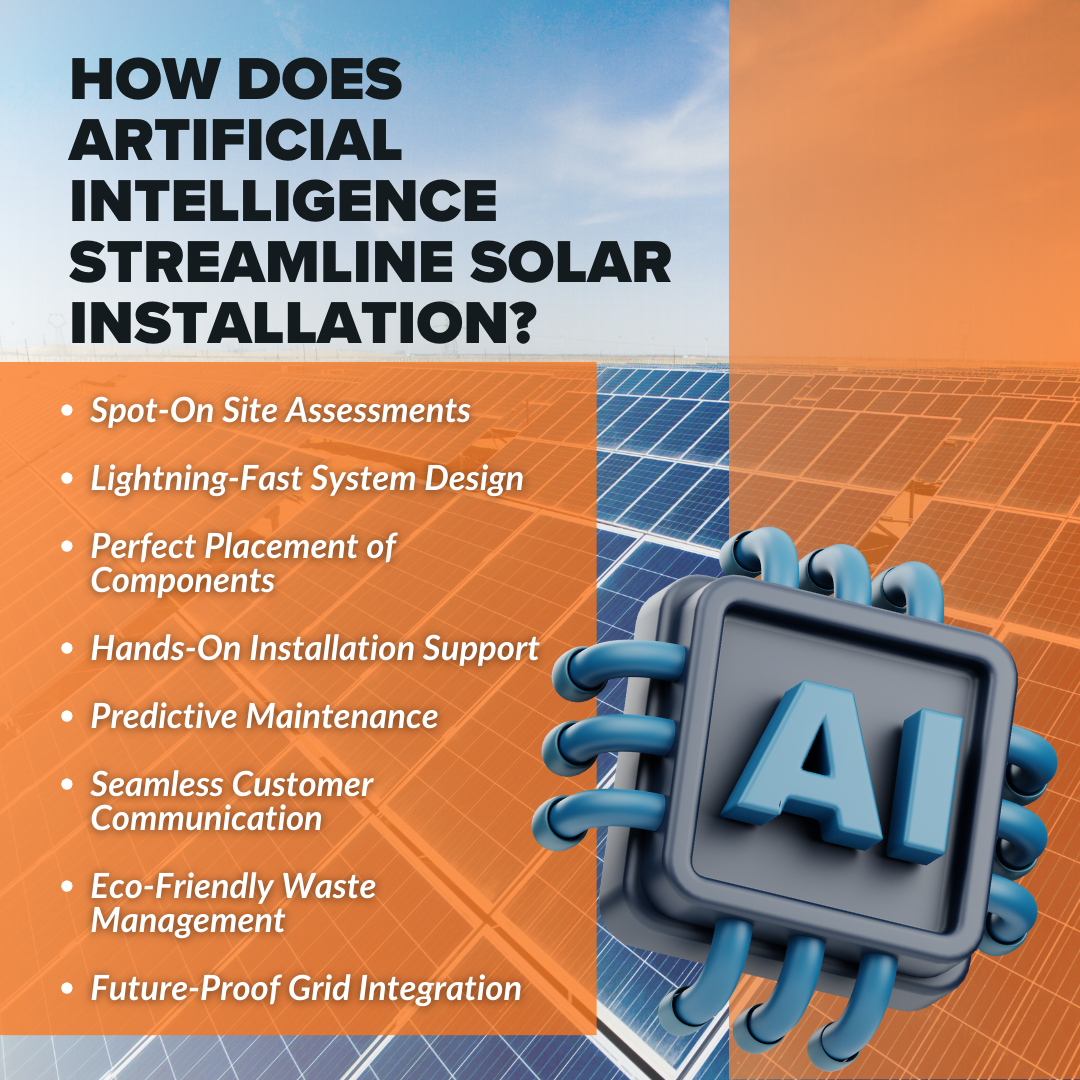
Artificial Intelligence has completely changed how solar installations are planned, executed, and maintained. It simplifies every step of the process. Let’s break down how AI makes solar installations smarter and easier:
1. Spot-On Site Assessments
Choosing the best spot to install solar panels is crucial, and AI tools make this task effortless. These tools analyze everything from the roof angle to shading patterns, weather data, and the surrounding landscape to pinpoint the perfect layout.
- Virtual Previews: AI creates 3D models of the proposed installation, helping customers visualize the system before a single panel is installed.
- No Guesswork: With AI’s data-driven insights, installers can avoid costly errors or underperforming systems.
2. Lightning-Fast System Design
Gone are the days when designing a solar system took hours or even days. AI tools can create the most efficient designs in just minutes, considering all site-specific factors like location, energy goals, and roof space.
- Automatic Calculations: From panel configurations to wiring needs, AI handles all the complex math behind the scenes.
- Customer-focused: Each design is customized to the homeowner's energy needs, making the system truly personal.
3. Perfect Placement of Components
Solar systems aren’t just about panels; batteries, inverters, and other components need to be placed carefully for everything to work smoothly. AI tools help map out where each piece should go for the best performance.
- Maximum Efficiency: Every component is positioned to minimize energy loss and maximize output.
- Smarter Use of Materials: With precise planning and live demo sessions, there is less waste, which means lower costs for installers and customers.
4. Hands-On Installation Support
Even during the actual installation, AI helps ensure everything goes smoothly. Smart apps guide technicians step by step and flag potential errors in real-time.
- Error-Free Setup: AI checks that all components are installed as per the design plan, reducing mistakes.
- Faster Installations: With real-time support, teams can complete projects more quickly without sacrificing quality.
5. Predictive Maintenance for the Win
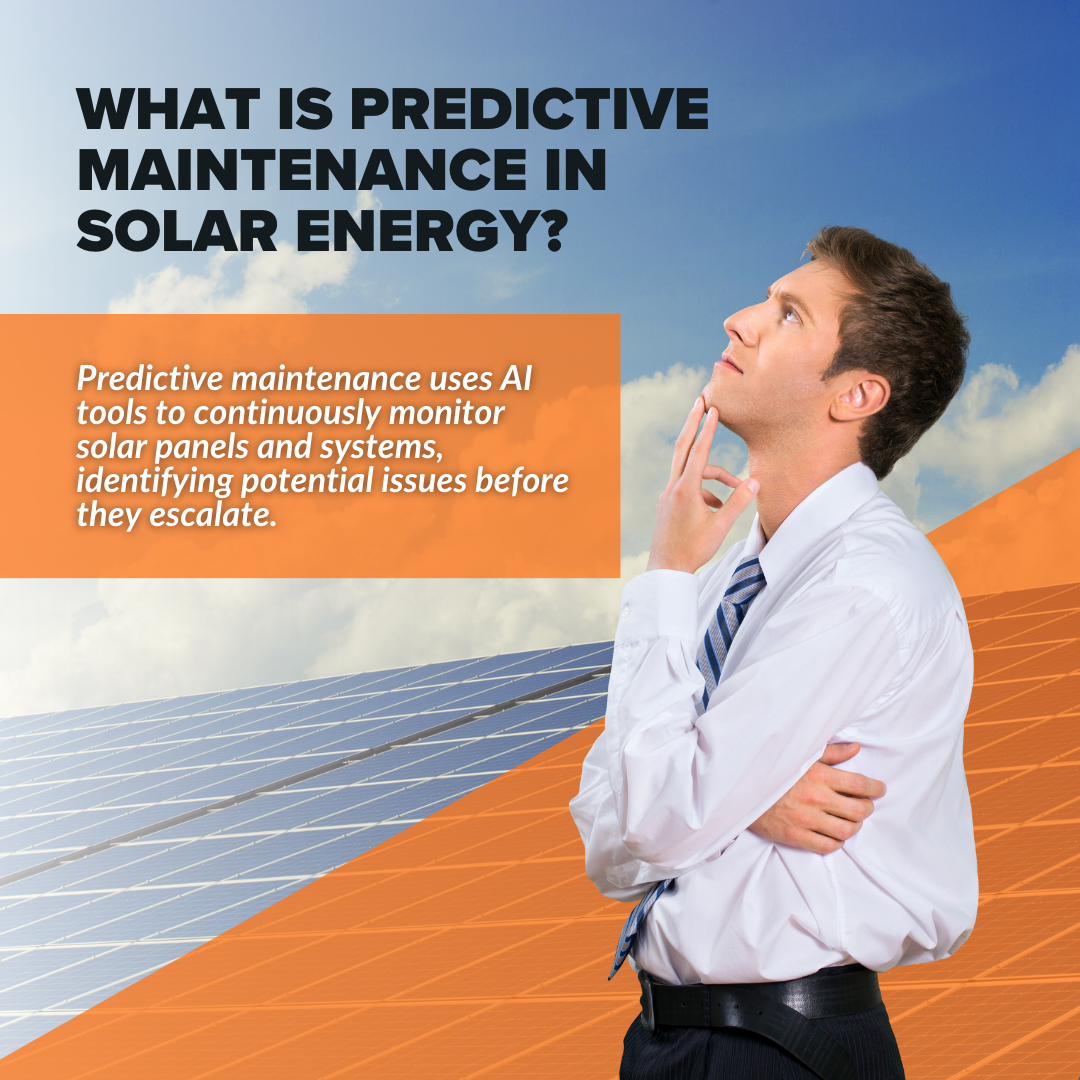
AI tools don’t just stop once the panels are up and running. They continue to monitor the system, spotting potential issues before they turn into big problems.
- Proactive Problem Solving: If a panel or inverter shows signs of trouble, AI immediately alerts the maintenance team.
- Saves Time and Money: Fixing problems early avoids costly repairs and ensures the system runs at peak performance for years to come.
6. Seamless Customer Communication
Communication between the installer and the customer has become smoother thanks to advancements in technology. By sharing real-time updates on installation progress and providing energy savings reports, customers are kept in the loop and feel more involved in the process.
- Personalized Updates: AI tools offer clear, easy-to-understand insights about the system’s performance.
- Simplified Scheduling: Installers can use AI to schedule installations and maintenance at times that work best for the customer.
7. Eco-Friendly Waste Management
Smart installations enhance functionality and promote sustainability. By optimizing designs and minimizing unnecessary materials, we reduce waste and ensure efficient resource usage.
- Material Savings: AI ensures just the right amount of equipment is ordered, eliminating excess.
- Sustainability Boost: Every step, from design to installation, is optimized to lower the carbon footprint of the project.
8. Future-Proof Grid Integration
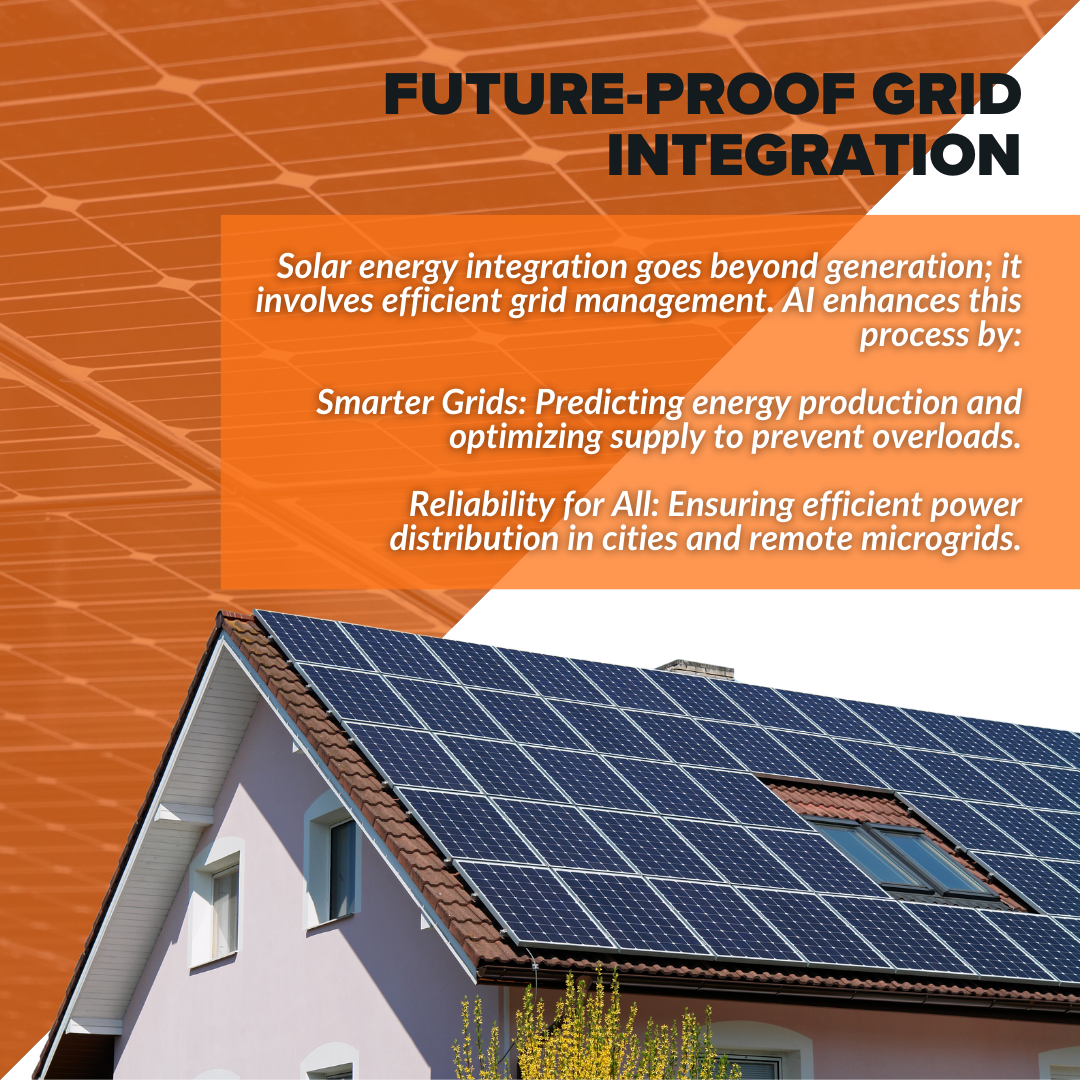
Solar energy isn’t just about generating power; it’s about efficiently integrating it into the larger grid. AI makes this process seamless by balancing energy supply and demand.
- Smarter Grids: AI tools predict energy production and adjust the grid supply accordingly, avoiding overloads.
- Reliability for All: Whether in a city or a remote area with microgrids, AI ensures smooth and efficient power distribution.
How Does Sunbase Supercharge Solar Installations?
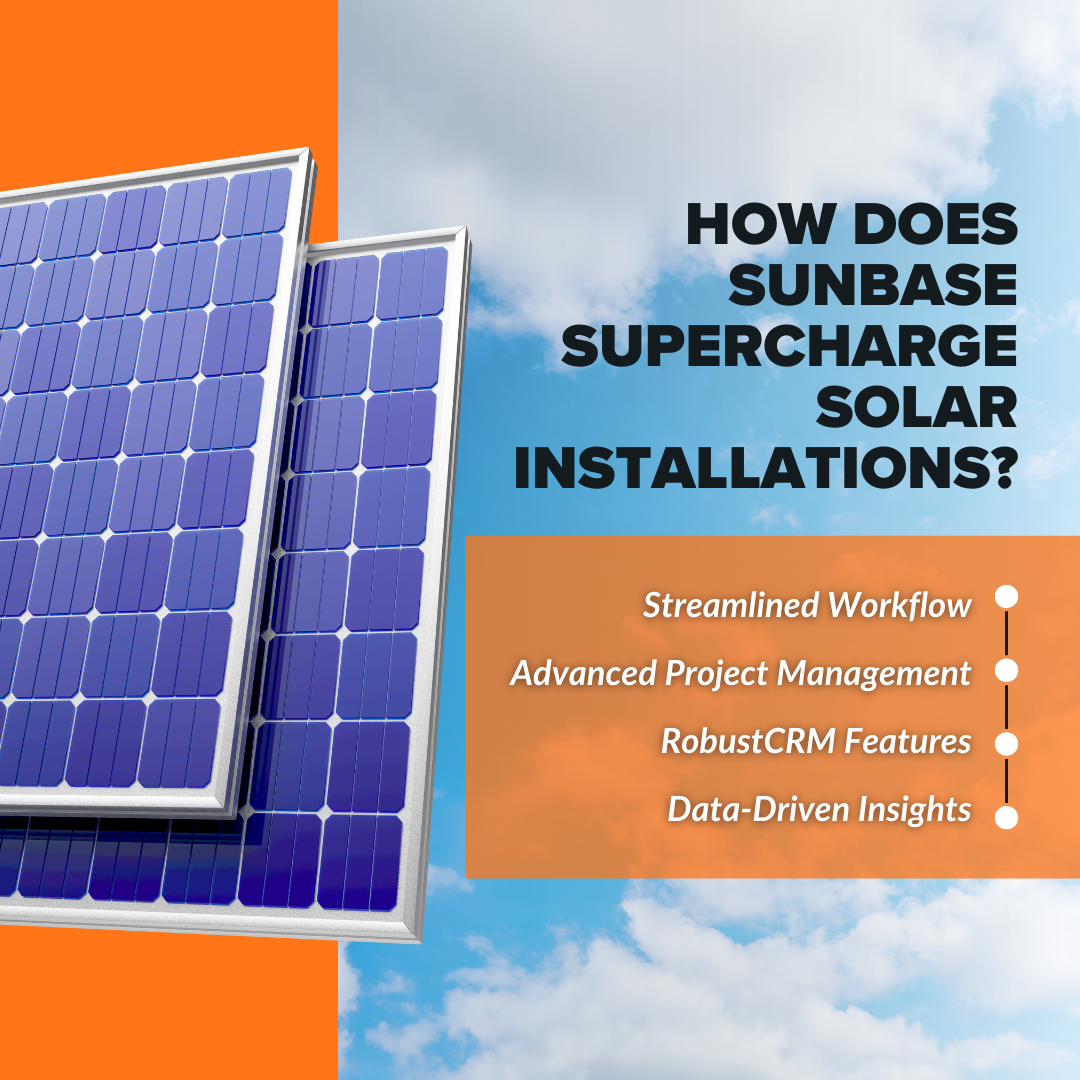
Sunbase Solar Software optimizes solar installations with a range of powerful features designed for efficiency.
1. Streamlined Workflow
Sunbase automates tasks like lead management and proposal generation, saving time and allowing teams to focus on closing deals.
2. Advanced Project Management
The software provides real-time project tracking and solar design automation, ensuring every step of the installation process is efficient.
3. Powerful CRM Features
Sunbase’s CRM manages customer interactions, ensuring timely follow-ups and improving customer retention.
4. Data-Driven Insights
With advanced analytics, Sunbase offers real-time performance tracking to help businesses make informed decisions.
Want to know more about this? Read how Sunbase optimizes solar installation to meet peak demand times.
Last Words
Solar installations are getting smarter, thanks to AI! These next-level tools speed up operations, make designs more accurate, and turn big challenges into simple solutions. If you’re looking to make solar projects seamless and efficient, this is the way forward.

So, it's time to Unlock the future of solar installations with Sunbase’s cutting-edge solar software. Now Simplify processes, boost efficiency, and deliver top-notch results every time.
About Sunbase Solar Software:
Sunbase takes solar installations to the next level with cutting-edge features like automated design, project tracking, and real-time analytics. It’s the ultimate tool for solar EPCs and contractors to achieve success.
Let's get in touch:
Ready to transform your solar installations? Request a demo today to see how Sunbase can streamline your installations, save you costs, and maximize efficiency!
FAQs:
1. How does Artificial Intelligence handle grid integration for solar installations?
Solar software using AI can predict energy generation and manage grid inputs in real-time to ensure the smooth integration of solar power into the grid. It also prevents overloads and optimizes energy distribution across the grid.
2. Is AI in Solar software adaptable for various types of installations?
Absolutely! AI tools are highly flexible and can be adapted for various types of solar installations, whether residential, commercial, or industrial. They customize each design based on the site's unique needs.
3. Does AI help with energy storage optimization?
Yes, AI accurately forecasts when energy production will peak or dip. It ensures that battery storage is effectively managed, storing excess energy for later use and improving overall efficiency.
I agree to receive marketing messaging from Sunbase at the phone number provided above. I understand data rates will apply, and can reply STOP to OPT OUT.
Company
Industries
Features
Copyright ©2021
Terms of Service |
Privacy Policy



